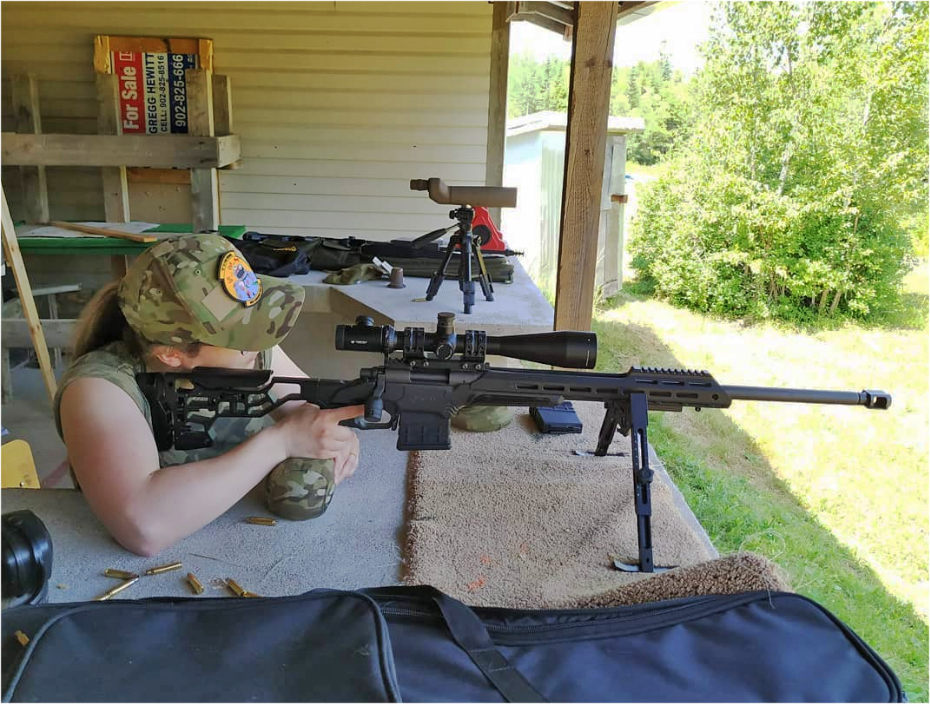Crimson Trace came out with a line of scopes early this year (I think in March). Presumably to better educate their users, they’ve released a simple but good guide to MOA scope reticles versus MIL scope reticles.
Since I’m currently working on a precision rifle build myself, it caught my eye.
Of course, this is a Vortex scope on top of my Remington 700, but the info in CT’s article is relevant here as well (shout out to International Barrels for a great product, by the way).
Crimson Trace explains it like this:
Choosing between an MOA and MIL reticle can be difficult. Here’s some info you might want when shopping for your next Crimson Trace scopel
MOA Reticles
MOA stands for Minute of Angle. Essentially, one MOA is equal to 1″ at 100 yards [that’s a US measurement, obviously. Ryan]. It is an angular measurement that will show you the effects of how much movement your crosshairs make to affect the impact of the bullet at certain distances.
An MOA scope is slightly more precise than a MIL reticle (by a very small fraction of an inch), and any ranging will be done in yards and inches with an MOA scope.
MIL Reticles
MIL stands for “milliradians” or “mils” and is equal to 3.6 inches at 100 yards. These scopes are slightly easier to communicate with than an MOA and are communicated using meters and centimeters [as Jesus, Johnny Canuck, and Wade Williams – all Canadians – intended].
MILs are extremely common with law enforcement and military professionals.
At the end of the day, both MOA and MIL have advantages and disadvantages. MOA and MIL are both extremely effective and will get the job done as long as the shooter has experience with the reticle (and has done their math correctly). Whichever reticle you decide to use for your long range rifle, always make sure your turret, spotting scope, and other tools are in the same measuring unit as your scope.

Mrs. 2CentTac on the gun with an MDT Tac 21 ESS, a Trigger Tech Diamond, and Vortex Viper PST on a Remington 700 with Spuhr mount.
https://www.youtube.com/watch?v=y2mPRf48Kp8







